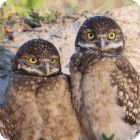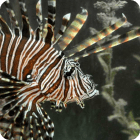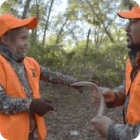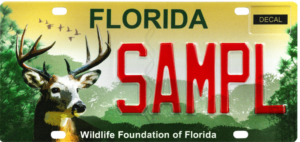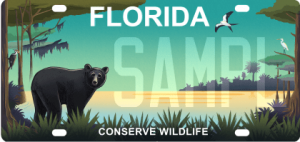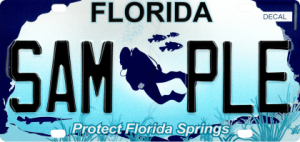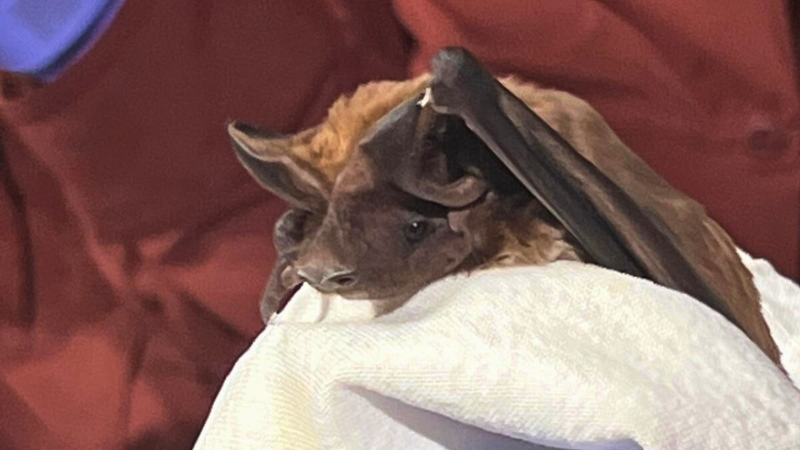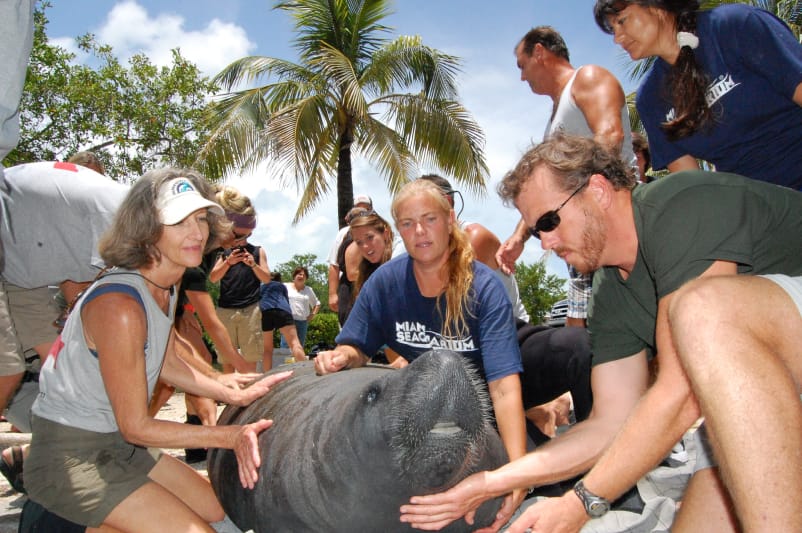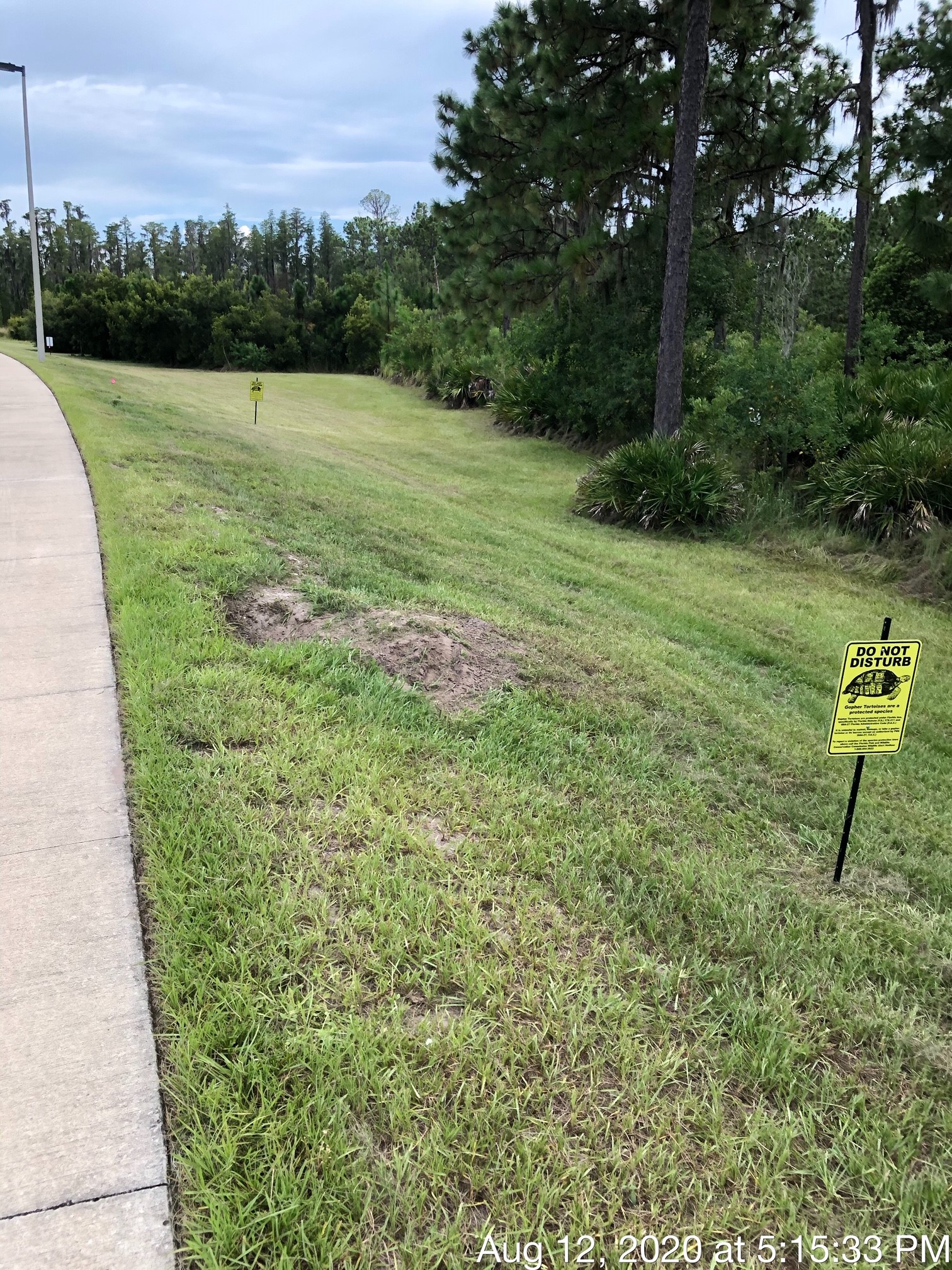
By: Kyle Grammatica
Darrell Thompson, a resident of Pasco County, knew he needed a creative solution to save the gopher tortoises in his neighborhood. Thompson enjoys observing Florida’s wildlife on his daily walks, especially the nearby gopher tortoises. He became concerned when an underground construction company began encroaching on the tortoise’s burrows. Despite his efforts to educate the company about the species’ state protection status, their vehicles continued to threaten the gopher tortoise’s burrows.
Thompson knew he needed gopher tortoise protection help. Pasco County Biologist Melissa Charbonneau confirmed their presence, even finding evidence of a baby gopher tortoise. Florida Fish and Wildlife Conservation Commission Biologist Kyle Brown suggested “Do Not Disturb” signs for the site to alert the public about their protected status, which were installed on August 7th. “This is a team success story,” said Thompson. “Our community loves the gopher tortoises.”
About Gopher Tortoises
The gopher tortoise is a moderate-sized, terrestrial tortoise, averaging nine to 11 inches in length when fully grown, though it can reach lengths of up to 15 inches. Hatchling (less than one year old) and juvenile tortoises tend to be yellow-orange and brown in color, but the bright coloration fades with age. The shell of an adult gopher tortoise is generally tan, brown, or gray in coloration. Gopher tortoises can live 40 to 60 years in the wild, though captive tortoises may live 90+ years.
The life of a gopher tortoise revolves around its burrow where they spend up to 80% of their time. Burrows average 15 feet long and 6.5 feet deep, though they have been documented reaching up to 40 feet long and 10 feet deep. Gopher tortoises are ectotherms, meaning they depend upon their environment to maintain their body temperature. Their burrows maintain a stable temperature and humidity year-round, providing protection from extreme temperatures, drought, and fire. Due to its warm climate, tortoises are essentially active year-round in Florida, though peak activity outside burrows occurs from May through August. Burrows also offer shelter from predators and serve as a refuge for more than 350 other species, called commensals. Some examples of commensal species include burrowing owls, Florida mice, indigo snakes, rabbits, gopher frogs, and invertebrates.
Support the conservation of Florida’s wildlife by donating here.
